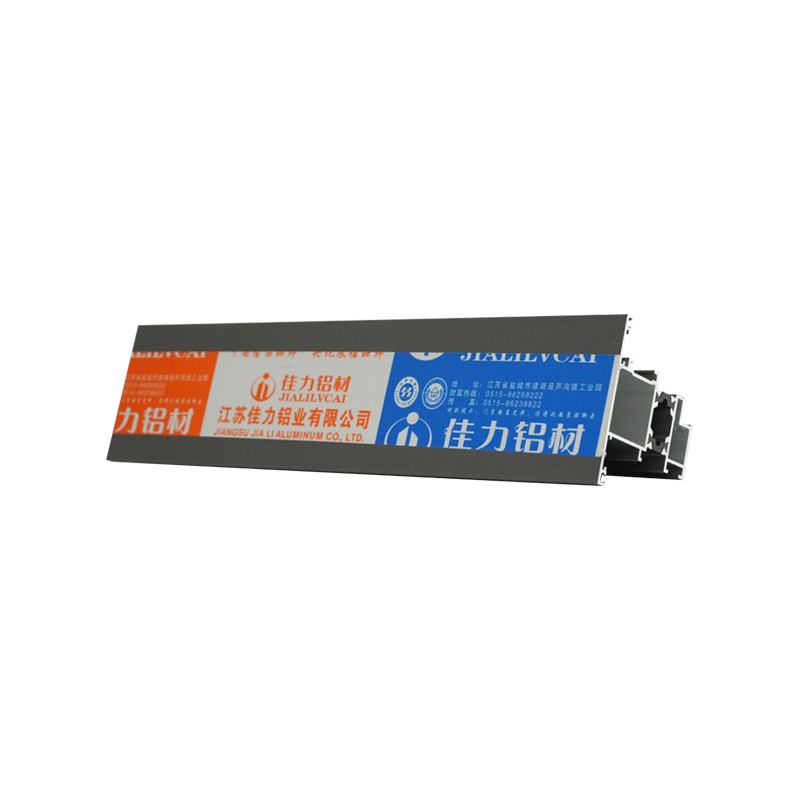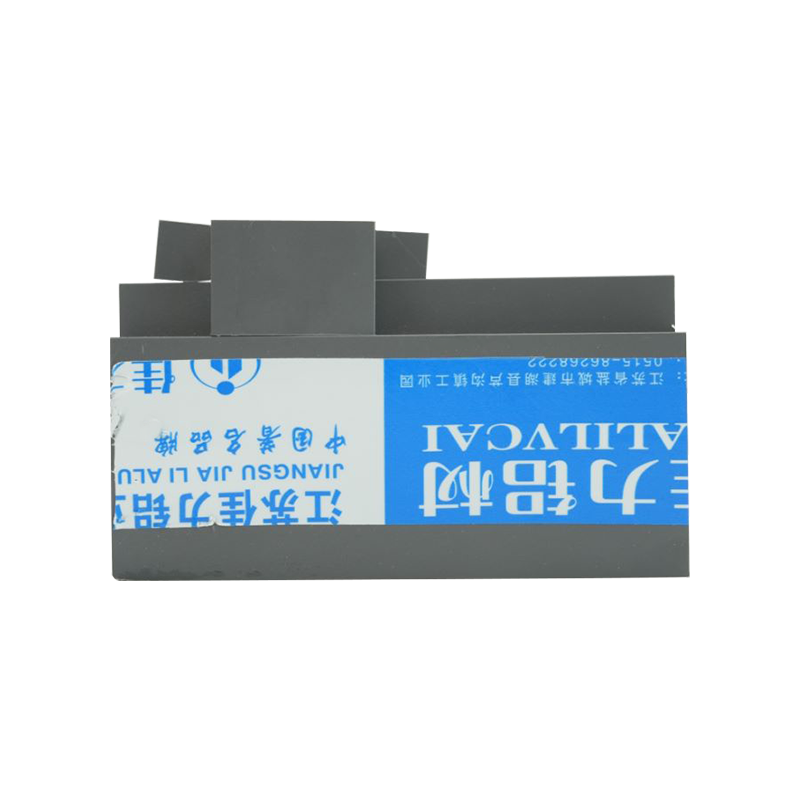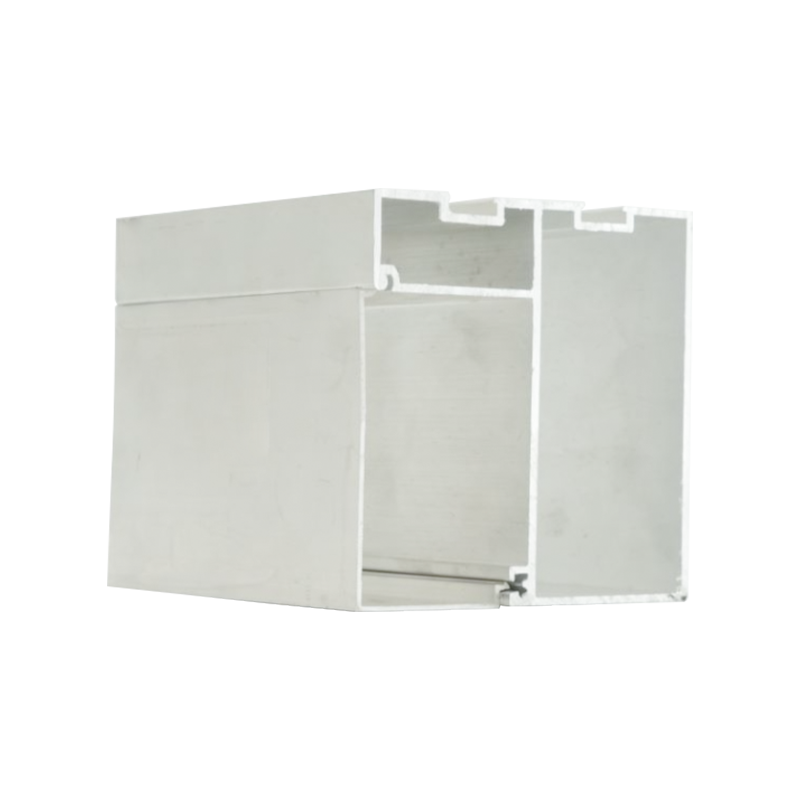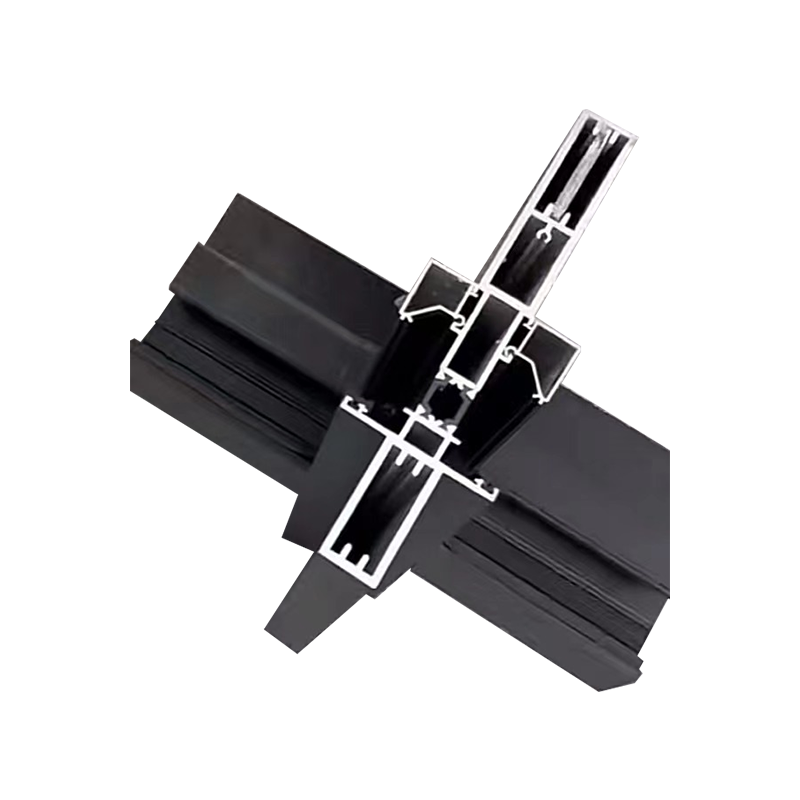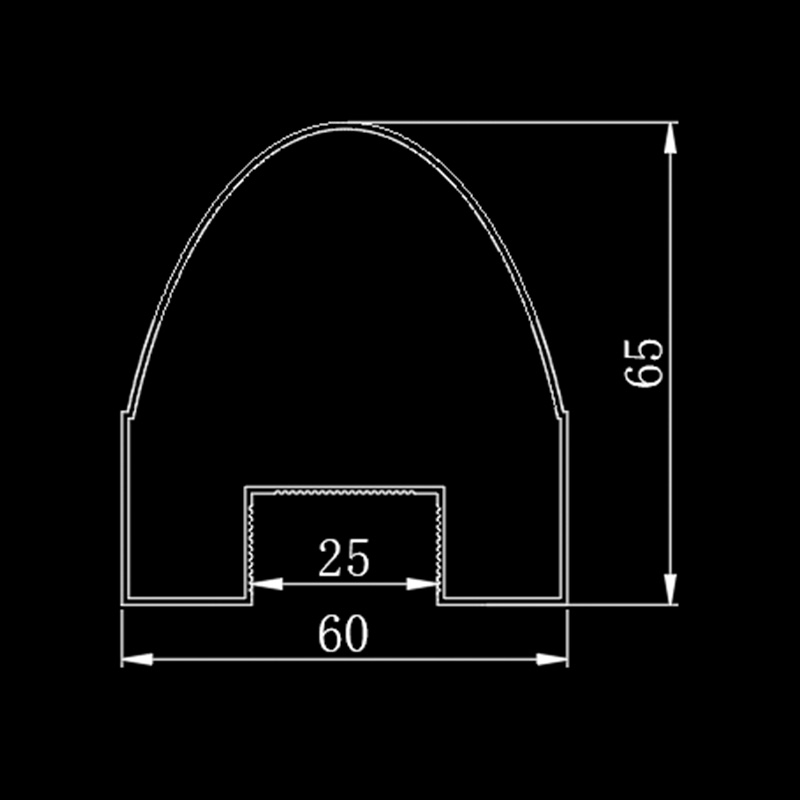The weight of large telescopic doors profiles is mainly determined by the materials and thickness of the door. When the materials are the same, the wall thickness becomes the key factor affecting the weight of the door body. Thicker walls mean that more materials are needed to build the door body, which directly leads to an increase in the weight of the door body. This increase in weight is not only reflected in a single door leaf, but also accumulated in the overall door body structure, which significantly increases the weight of the entire telescopic door system.
Challenges of increased weight to transportation
Rising transportation costs: The increase in door weight directly leads to an increase in transportation costs. Heavier goods require more powerful transportation tools to carry, which not only increases fuel consumption, but may also require special transportation equipment, such as heavy trucks or cranes, thereby increasing overall transportation costs.
Increased transportation difficulty: Increased weight also means that more careful operation is required during transportation. Overweight doors are more likely to be damaged during loading and unloading, and higher requirements are also placed on the selection of transportation routes, such as the need to avoid bridges or roads with limited load-bearing capacity.
Increased safety risks: Increased weight also brings safety risks during transportation. Overweight goods are more likely to cause accidents during transportation, such as overturning and falling goods, posing a potential threat to personnel and the environment.
Impact of increased weight on installation
Increased installation difficulty: Heavier doors require more manpower and material resources to move and position during installation. This not only increases the installation time, but may also place higher demands on the physical strength of the installers, increasing the difficulty of installation.
Increased installation accuracy requirements: The increase in weight makes the door more susceptible to external forces during installation, such as wind and uneven ground, thereby reducing installation accuracy. In order to ensure the stable operation of the door, the accuracy needs to be more strictly controlled during installation.
Increased requirements for the installation environment: Heavier doors place higher demands on the installation environment. For example, a more solid installation foundation is required to support the weight of the door, and a more complete drainage system is required to prevent ground subsidence caused by excessive weight.
Negative impact of increased weight on operating efficiency
Increased energy consumption: Heavier doors consume more energy during startup and operation. This not only increases operating costs, but may also place a greater burden on the door's motor and transmission system, shortening its service life.
Limited operating speed: The increase in weight may result in limited operating speed of the door body. In order to ensure the stable operation and safety of the door body, the manufacturer may need to reduce its operating speed, which affects the efficiency of the door body.
Increased maintenance costs: Heavier doors are more prone to wear and failure during long-term use. This not only increases the frequency of maintenance, but may also require more complex maintenance operations, thereby increasing maintenance costs.
Faced with the negative impact of wall thickness on the weight and operating efficiency of large telescopic doors, designers and manufacturers need to adopt a series of optimization strategies to balance these factors. For example, by using high-strength, lightweight materials to reduce wall thickness while maintaining strength; by optimizing structural design to improve the overall rigidity and stability of the door body; by introducing advanced transmission and control systems to improve the operating efficiency and safety of the door body.
Manufacturers also need to fully communicate with customers to understand their use environment and needs in order to provide more customized solutions. For example, in areas with strong winds, a more solid door structure and a more powerful transmission system may be required to cope with the challenges brought by the increase in weight.

 ENG
ENG
 English
English русский
русский 中文简体
中文简体 Español
Español bahasa Indonesia
bahasa Indonesia
